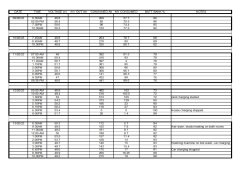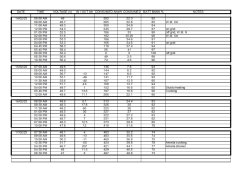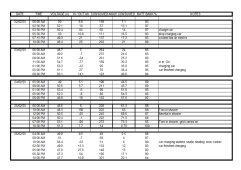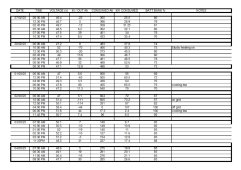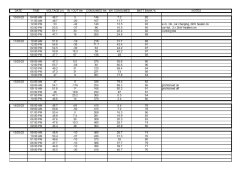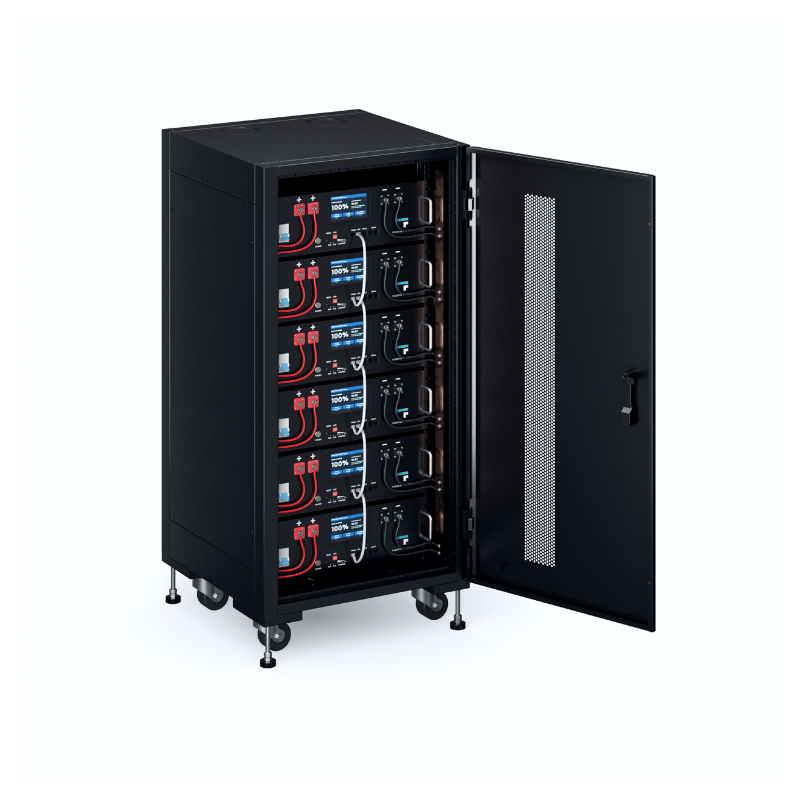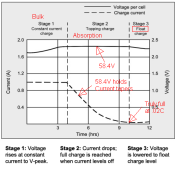althemusicwizard
New Member
- Joined
- Jun 10, 2021
- Messages
- 63
Hi.
This is a message I have sent to VARTA concerning their VARTA LFD230 sealed lead-acid batteries. I am awaiting their reply.
I have a solar battery bank consisting of 32 x Varta LFD230 12V batteries. The batteries are grouped in sets of 4 in series (to create 48V sets) and then the 8 sets are grouped in parallel. I have a battery monitor and note the voltage, capacity and expired Ah / kW daily. I use the meter to indicate what capacity the bank is at, as I run it only between 100% and 70%. If the solar doesn't keep it topped up above 70% then I charge the batteries from the grid.
I have had this setup since the beginning of the year. A full battery bank then was around 51.6V and a 70% depleted bank gave a voltage of around 48.5V. Over the last week I have noticed now, a 70% depletion gives a voltage of around 46V. This leads me to conclude that the bank may need 'equalising' to remove sulphate deposits. Would that be your understanding of the situation? I wanted to check that an equalisation program from my inverters could be run on these batteries without harming them. The inverters suggest a program default of 64V and the time can be set from 5 mins to 900 mins with a default setting of 60 mins.
Thanks for any help you may be able to offer.
This is a message I have sent to VARTA concerning their VARTA LFD230 sealed lead-acid batteries. I am awaiting their reply.
I have a solar battery bank consisting of 32 x Varta LFD230 12V batteries. The batteries are grouped in sets of 4 in series (to create 48V sets) and then the 8 sets are grouped in parallel. I have a battery monitor and note the voltage, capacity and expired Ah / kW daily. I use the meter to indicate what capacity the bank is at, as I run it only between 100% and 70%. If the solar doesn't keep it topped up above 70% then I charge the batteries from the grid.
I have had this setup since the beginning of the year. A full battery bank then was around 51.6V and a 70% depleted bank gave a voltage of around 48.5V. Over the last week I have noticed now, a 70% depletion gives a voltage of around 46V. This leads me to conclude that the bank may need 'equalising' to remove sulphate deposits. Would that be your understanding of the situation? I wanted to check that an equalisation program from my inverters could be run on these batteries without harming them. The inverters suggest a program default of 64V and the time can be set from 5 mins to 900 mins with a default setting of 60 mins.
Thanks for any help you may be able to offer.



